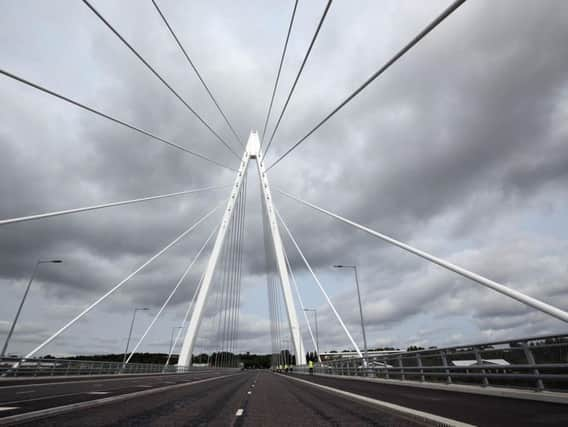Northern Spire, Penshaw Monument and other Sunderland landmarks to be lit red for pressure ulcer awareness


Pressure ulcers – also known as pressure sores or bedsores – can be painful injuries to skin and underlying tissue that affects nearly 700,000 people in the UK every year.
Sunderland’s new Northern Spire Bridge, Penshaw Monument, Keel Square, High Street West, Market Square, Fulwell Mill and the Lighthouse at Cliffe Park will be lit up on Thursday evening to show the city’s support for global Stop Pressure Ulcers Day.
Advertisement
Hide AdAdvertisement
Hide AdPeople who spend long periods in bed or sitting still are particularly at risk of developing pressure ulcers, with the painful condition often taking months or years to heal and costing the NHS millions every day.
But action to spot the risks earlier and prevent this occurring could save hundreds of people from the issue every year, say NHS leaders.
Ann Fox, executive director of nursing, quality and safety at NHS Sunderland Clinical Commissioning Group (CCG), and visiting professor at Sunderland University, said: “The NHS spends around millions of pounds every day on treating pressure ulcers, with thousands of patients experiencing this painful condition as well as increased risk of further medical complications.
“We want to encourage everyone, particularly those in caring roles, whether that’s at work or at home, to learn more about how they can help prevent pressure ulcers."
Advertisement
Hide AdAdvertisement
Hide AdYitka Graham, senior lecturer in Health Services and NHS Engagement at Sunderland University, said: “Pressure ulcers can often be prevented, if family members and staff in caring roles know how to recognise the signs early on.
“Almost 300 people have already taken part in the project in Sunderland, it’s already had a real impact on patients’ lives, helping people feel more confident about spotting the risks and symptoms.”